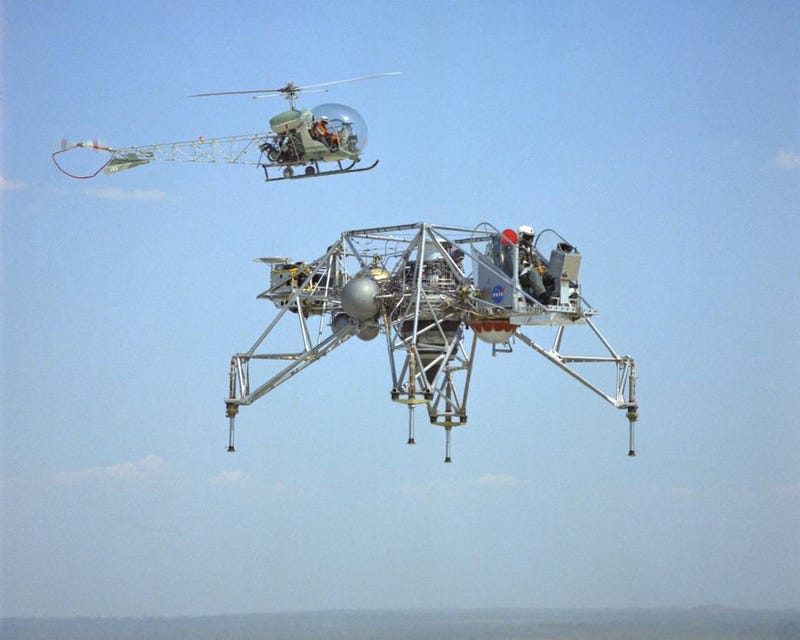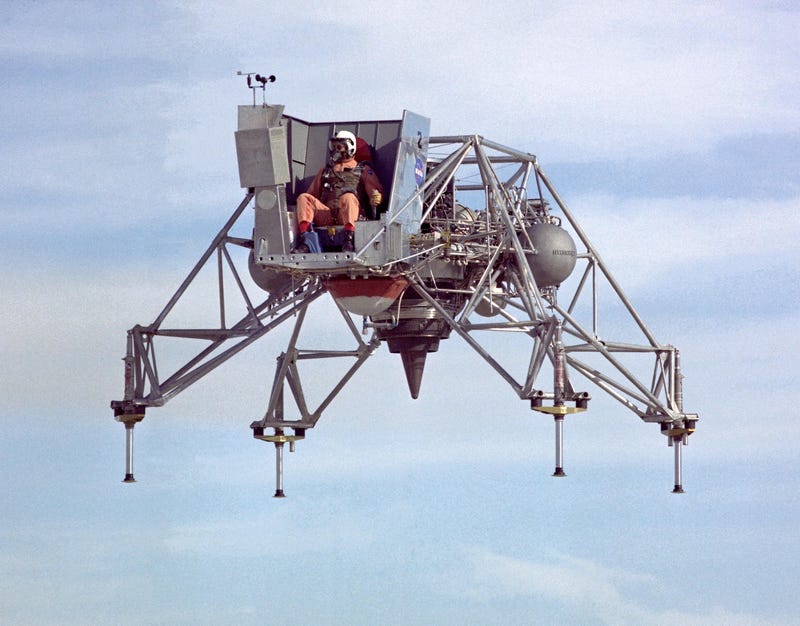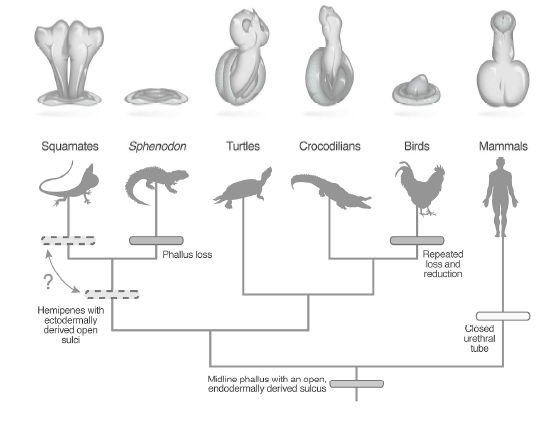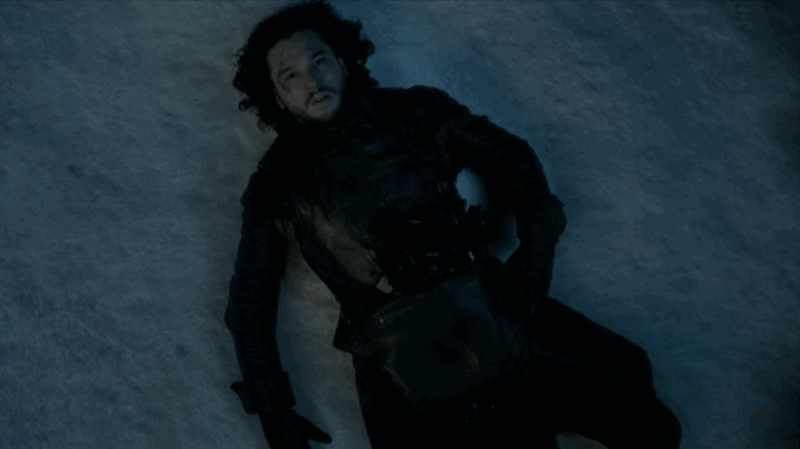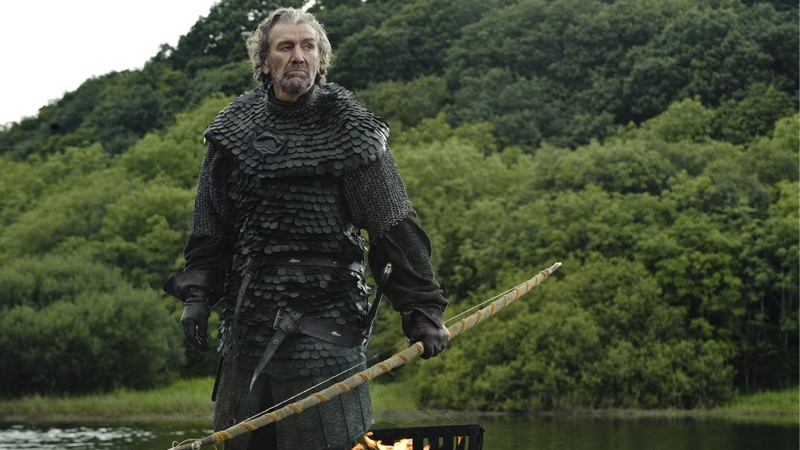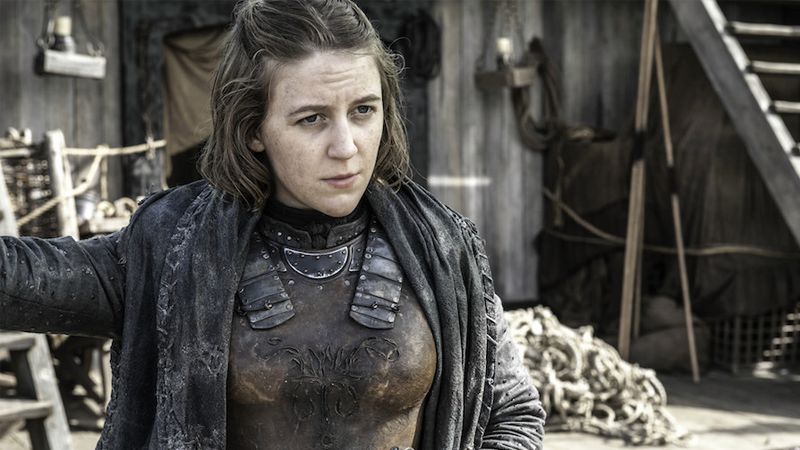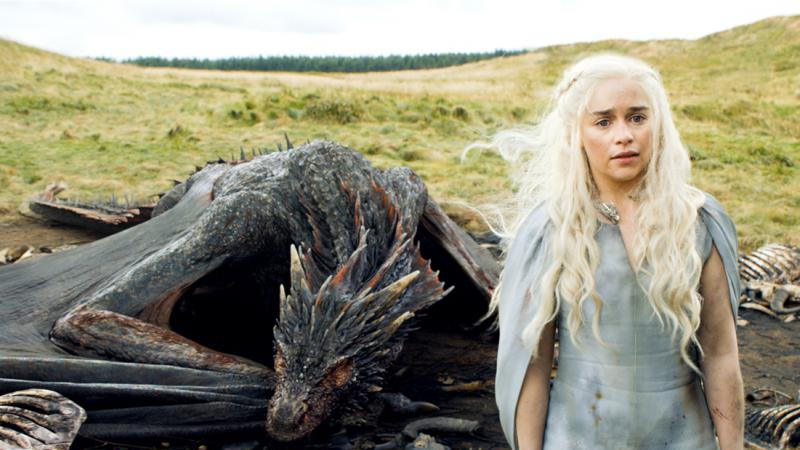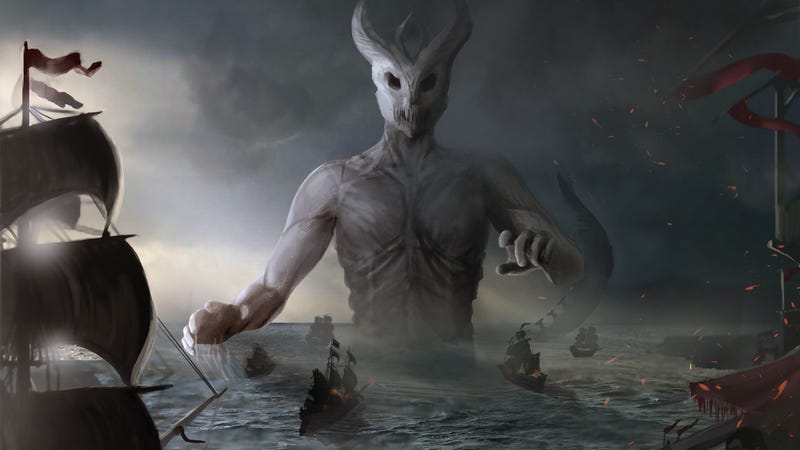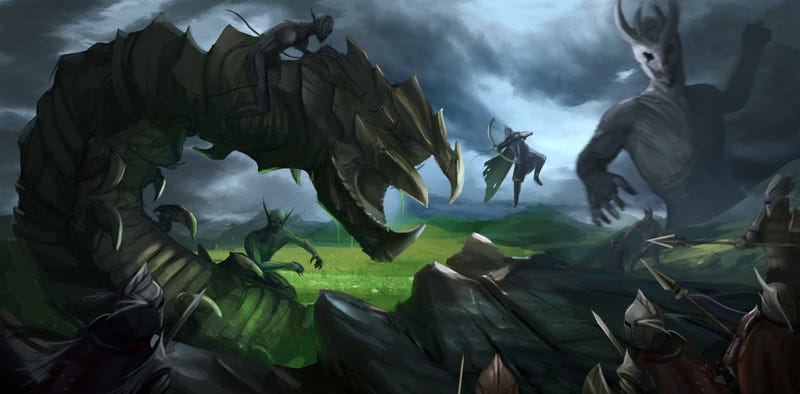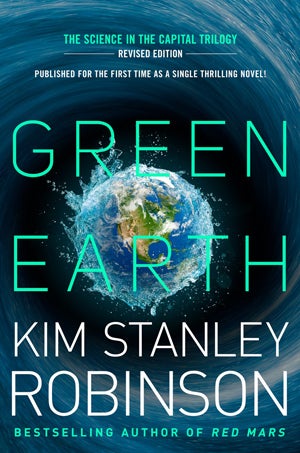![How Moon Girl and Devil Dinosaur Became One Of Marvel's Biggest (And Cutest) New Comics]()
Even with a host of new comics coming from Marvel lately, Moon Girl and Devil Dinosaur sounds like one of the most interesting (and adorable). To find out more, we sat down with writers Brandon Montclare and Amy Reeder to discuss how they and artist Natacha Bustos brought back a classic Jack Kirby creation—with a twist.
http://io9.com/moon-girl-and-...
Would you mind just telling us a little bit about the setup for Moon Girl and Devil Dinosaur?
Brandon Montclare: Yeah, [Moon Girl]’s a new character. She’s kind of this precocious, 10-year old super-genius trying to find a place. She hasn’t made it into any of the special schools they have in the Marvel universe, or the regular New York City type of [schools]. But [she’s] an inventor, looking for information that could solve the problem of the mutant Terrigen bomb that’s mutating people. And [she] has a personal interest in that, because you find out that she has Inhuman DNA.
And just in investigating that, in kind of her young way, [she] accidentally transports Devil Dinosaur from the past, into the present. And they realize throughout the first series they’re kind of connected to each other. And that’s it in a clumsy nutshell! [Laughs]
Amy Reeder: Ultimate buddy comic. In my opinion!
![How Moon Girl and Devil Dinosaur Became One Of Marvel's Biggest (And Cutest) New Comics]()
That sounds pretty great! Was this an idea something Marvel came to you with? Or, was it that you had a relatively free slate and you thought “I want to create this team-up with Devil Dinosaur and this new character?”
Amy: It was a little bit of both. It was pretty open, and we were talking about different projects we could possibly work on. But, the suggestion did come from our editor, Mark Paniccia, who has been trying to bring Devil Dinosaur back for some time. I think it’s one of his favorite characters. So we could tell that it was really a baby of his.
And I mean, it sounded awesome on its own, anyway—but just seeing how excited about he was, it sounded in my head like, “Whenever there’s a good collaboration going on, it will make a good story.” And he suggested that Devil Dinosaur used to run around with a character named Moon Boy, and what would happen if maybe we brought Devil Dinosaur to the modern day? And he had a modern day friend who could be a girl and a kid—named Moon Girl—and so that’s when I got excited about it because it made it less about monsters on the surface, and more about people. It was very attractive to try and create a new character like that.
Brandon: Yeah, I think we wanted that meeting with Emily [Shaw, Moon Girl and Devil Dinosaur’s Editor] and Mark, and it was just to discuss what opportunity there might be. After working together on Rocket Girl we wanted to do something cool, and let Amy do covers and co-write. So, it started as an open conversation—there may have been a couple things before Moon Girl and Devil Dinosaur, but that was set pretty early in the conversation, and from there it was kind of locked in. There wasn’t anything else we were developing after that. We were all-in on reviving Devil Dinosaur.
Amy: I think during the meeting Brandon had to leave a little early, and I was still there and I did try to get more names out of them, but since I’m not very well-versed in the Marvel universe I couldn’t remember a lot of them! But it did just sound like it was something that—there was more than Devil Dinosaur if we wanted an “out,” to give us other options.
Brandon: And that being said, it’s such a—I don’t want to speak for Amy, but both of us feel it’s really cool to work on a more-obscure character, right? Because you get to do things with it, and you get put your own stamp on it. In a way that’s really tough, because ultimately you’re following Jack Kirby. [But] we were different enough, and knew we were going to do something different enough.
Like Amy said, it was a relationship between a girl and a dinosaur. That was kind of enough for Amy. But for me... it’s just very cool to be able to do something inside the Marvel universe, inside the world of superheroes—but at the same time it’s a completely different thing, because we had a young kid without superpowers and we had, obviously, a giant dinosaur. Which, again, let’s you do something very different than when you’re working with the regular cape-and-tights superhero.
Amy: So far, that she has no superpowers, that is.
![How Moon Girl and Devil Dinosaur Became One Of Marvel's Biggest (And Cutest) New Comics]()
You mentioned talking about Devil Dinosaur and how he used to be teamed up with Moon Boy—it’s very specific that Lunella isn’t just “female Moon Boy”, she’s her own character. Will the series ever touch up on what exactly happened to Moon Boy when Devil Dinosaur came to the future?
Amy: Yeah, actually we do it in the first issue! I guess that’s really as far as I want to go without spoiling anything. But yeah, he’s in the first issue.
Brandon: Again, without spoiling it—because Devil Dinosaur gets kind of taken away right from the Valley of Flames, Dinosaur World, into modern times. There’s been a lot of cool, small Devil Dinosaur stories since the Jack Kirby series ended. But in a lot of ways, this is a direct sequel to the Kirby stuff, because we’re pulling him from time, right from Kirby’s world into our world. And that does involve Moon Boy, and some of the other Kirby original characters, including the Killer-Folk—I don’t think that’s a secret, they’re on the cover to issue #2, so while that portal is open, these kind of savage cavemen that tormented Moon Boy and Devil Dinosaur, they make their way into modern times as well and are going to play a big role in the series.
You mentioned Lunella has this connection to researching the Terrigen Mist Bomb, and the Inhumans are playing this huge part in All New, All Different Marvel at the moment. Will Moon Girl and Devil Dinosaur try to dig into as much as that Inhuman storyline as possible? Or is going to stand alone, and let series like Uncanny Inhumans or Karnak deal with that side of things?
Brandon: Yes and no—and probably leaning more towards “no”, just cause she’s an outsider. She doesn’t want to be an Inhuman, that’s something that she’s terrified of. So, her kind of experience with that potential transformation is going to be very different than the people raised on Attilan, who take it for granted. [In] Ms. Marvel, in issue one she encounters the bomb [and transforms], so in that sense it’s different. And we thought it be cool to do a different angle where the thrust of the story is avoiding the transformation to a super-powered Inhuman.
So that being said, we threw a little bit of it in, because you want to—obviously, she is going to be tangentially a part of that world, whether or not she ever transforms. There’s cool way to do it and the whole angle of Moon Girl and the Inhumans, who were so long on the moon, and Devil Dinosaur were Kirby creations that we sort of put into it. But, it’s its own story, you don’t have to follow Inhumans to read Moon Girl and Devil Dinosaur. And I think it’s safe to say Moon Girl and Devil Dinosaur are going to have an impact on the very big Inhumans story going on in the Marvel universe. But it will have an impact on the small.
So she’ll be tangentially around the the edge of the Inhumans story—will Moon Girl and Devil Dinosaur ever come up against any of the other Marvel superheroes during the early arcs? You mentioned Kamala Khan—will there be any crossovers with someone like Miles Morales, or her, or Sam Rider?
Brandon: There is a big crossover, but I don’t know if its too soon to develop it on? I don’t know.
Amy: Yeah, yeah, we’ve got a mystery, but team-ups are in our future.
Brandon: Definitely. Making her a part of the Marvel universe, is huge for Amy and I. It’s why we wanted to do a Marvel book, not just the kind of have her running around by her lonesome. She’s going to be, like I said, tangential to the Inhumans—only because that’s a big story, but [she’s] definitely 100% in the day-to-day Marvel universe. And all that entails, including crossovers with the good guys and bad guys and sharing the same Marvel New York, but without our own kind of angle on it, for sure.
![How Moon Girl and Devil Dinosaur Became One Of Marvel's Biggest (And Cutest) New Comics]()
Can you go through a little bit about the process of creating Lunella as a character herself? Where did the idea come from, what’s she like outside the connection to all the Inhuman stuff and her research there?
Amy: She kind of derived from a character that I had in my head, that I hadn’t really quite developed into a story. She was just a character on her own. That when they mentioned there being a Moon Girl, I though, “Oh, I can kind of put this into this story”, and it kind of actually works better.
So she was just, originally this character who was kind of like Inspector Gadget, but a little less campy—a little more knowing what she’s doing? You know, having gadgets come out of her backpack or whatever, and rollerskating around the city and solving crimes kind of things. And she was black. And then [Marvel] said a girl—the only difference was I made her younger, and that made her even cooler. She’s somebody who’s kind of awkward, a bit off the beaten path and people are not aware of her.
Like, the fact that she’s so outlandish—she’s relatively off people’s radar. I mean, Lunella off-hand, she’s this kid genius, but she’s trying to get into good schools, nobody seems to really know that she’s around and there’s this frustration she has about this sort of thing. She doesn’t have many friends at school—really any friends at school—and so she’s just kind of an oddball. I think it really plays up for a good mixture with Devil Dinosaur, because she needs a friend who is the type of person who she can identify with, while maybe, it could be somebody who’s the complete opposite?
Brandon: Yeah, Amy is really good. Not every artist can write—[and] not every creator can really nail the difference between an eight-year old and a ten-year old and a thirteen year-old, visually or in the story, but that’s a thing that we’re really careful about. Making it really cool and also as accurate as possible and that’s why Natacha [Bustos, artist on Moon Girl and Devil Dinosaur] is so important, because for us to come up with it, and kind of set-up the design and the covers, and work together on the script, but to have Natasha kind of execute just right, the perfect age without them being interchangeable kid-stars. That was something that was really important. To make her a true character.
So, a lot of that goes in—without Natacha, I don’t know a lot of people who could actually pull it off. The girl and the dinosaur is just hard for anybody, because to have Devil Dinosaur interact with somebody who’s just four feet tall, that’s a big challenge. But if you have the right creative team that can pull that off there really is something special—a way to just tell comics as a form. that you’re not going to get in most other things.
![How Moon Girl and Devil Dinosaur Became One Of Marvel's Biggest (And Cutest) New Comics]()
You mentioned Natacha there—Brandon, you’ve worked with her before, and Amy, you’re known for your work as an artist in the comics industry, what was it like bringing her into the project? Did she come in at an early stage?
Amy: Not really. I think honestly, it was—the process was kind of interesting. We had been talking about it for months, and kind of developing bits of it, but didn’t really have the go-ahead until late summer. So at that point it was a whirlwhind of trying to go, “well, we still haven’t decided on an artist, here’s some possibilities...” Brandon had been mentioning Natacha for a while, but somehow, I don’t know what it was, in that moment we were just like, “Oh yes, we definitely, definitely need her”.
And we like, begged her, basically! We knew that she was a little busy, but we knew that she had done a little bit of Marvel work—she had done a single issue of Spider-Woman. We managed to get her, and she was really excited about it. It was really flattering. I knew she liked my work, I knew she enjoyed working with Brandon, but I also think she really loved the character Lunella, she even like—it was funny—one day she sent me a picture of her at her birthday party when she was kid, and it was pretty hilarious: she looked actually a lot like Lunella Lafayette! She had the ridiculous glasses.
So yeah, I think it really interests her, and like I said before, I feel like that’s such an important element to anything where you’re collaborating with people. It’s just that we’re doing something storywise, that really excites them. It’s been a joy to work with her, she’s so amazingly collaborative, and excited, and has this great storytelling sense. It’s weird to me, this is my first time writing for another artist, so it’s weird to dictate to somebody “Oh, this is what’s going to happen in the story” and I don’t even have to worry about drawing it. It feels kind of unfair! [Laugh] But I’m really enjoying just being able to say something and then have beautiful artwork thrown in my face.
Brandon: As an editor and a writer, I always got that experience of seeing pages come in—especially as a writer—so it’s interesting Amy got it for the first time. It was great working with [Natacha], and she’s such a great fit for Devil Dinosaur, but I’m ready to work with her on anything.
Like Amy said, Marvel already their eye on her—she had done an issue of Spider-Woman, but she was always on the list, right? But there was a few people on the list, and then it was getting down to, “Look at all these great artists, let’s hope we get Natacha before...” It just sort of worked out for us, and I hope for her as well—if the pages are any indication, they’re amazingly great stuff. And it’s always been neat writing for Amy, working with her on Rocket Girl.
And obviously, [with] Amy being an artist, we really do want it to be more Natacha’s book than our book. Even though Amy and I were kind of sitting with it for a long time—Amy had visual imput, she did some of the designs, and is doing the cover—it really is [Natacha’s book] now. Some of the later issues after number one, some of the excitement, is not just how great it is seeing the pages come in, but now being able to write for her and saying, “Oh, this is going to be something that she’s going to do a great job in”. And [her work] is blowing away any sort of prediction that we could have. She’s amazing.
![How Moon Girl and Devil Dinosaur Became One Of Marvel's Biggest (And Cutest) New Comics]()
The way you’ve been describing the comic, it’s almost like Ms. Marvel in the way it’s balancing Lunella’s personal life, with the moments you’ve got the insanity of a gigantic dinosaur running around that’s coming out of a portal in time. Did you prefer exploring the side of the comic that’s more about Lunella and her plight with the Terrigen mist, or getting the chance to let loose and have a bunch of fun with a character like Devil Dinosaur?
Amy: I see Devil Dinosaur as being this cool kind of challenge, because, you have to—there’s no way to avoid it—you have to do a lot of storytelling that doesn’t require words. And so that’s pretty fun. I feel like the things that I am most into writing is that developing relationship between her and Devil Dinosaur, because she’s pretty terrified of him at first.
So I really liked that sort of thing, where there’s character moments, and [you’re] slowly watching things develop and getting readers [excited for what’s coming.] They know what the inevitable conclusion is, but they’re dying to find out how you get there.
[Brandon and I are] slowly learning how we want to divide things. It’s been clear that that [the relationship] has been definitely my angle, that I want to do as much as possible. I think Brandon’s thing that he likes to do most—and Brandon, correct me if I’m wrong—[is this] element [that] we’ve brought in addition to Devil Dinosaur. We’ve brought the Killer-Folk into the modern day, and I feel like that’s definitely his baby. It’s like all sorts of hilarious and foreboding, and very clever stuff.
Brandon: Well I do really like the Killer-Folk, but, I’m a good enough writer to realize that on a book called Moon Girl and Devil Dinosaur especially, there’s not a lot of room for Killer-Folk. They work well in small doses.
Circling back to the original question, I really think you can have both—I think you can have crazy action and really cool visual storytelling and really develop a character as well, if not better than, [if you’re] just focusing on character moments. And I would say that’s really Ms. Marvel. There’s been several artists, it’s amazingly, interestingly drawn. It’s not just kind of sitting around, talking—except when it is, and you know, when she is kind of sitting around, talking to her family, it’s so visually compelling that I really think you can have it all. And so we worked very hard to deliver that—it’s not [just] one or the other. It’s not just an action scene or a character moment. You get everything.
Because Moon Girl and Devil Dinosaur is part of Marvel’s big “All-New All-Different” initiative, what’s the one thing you’d want to say to a reader going into a comic book store, seeing this new shelf of new issues, and Moon Girl and Devil Dinosaur is there? What’s the one thing that you’d say to them that you think would convince them to pick that issue up?
Amy: Whoa... [Laughs] Brandon?
Brandon: Are you throwing that to me?
Amy: Yeah, I’m throwing this to you!
Brandon: I don’t have a catchy enough answer, but it really is: It’s different. And everything is “all new, all different”, so maybe I would be shouting into the wind, but it’s a giant red dinosaur and a ten-year old girl teaming up, trying to make it in a world that doesn’t understand them. Know what I mean?
Amy: Yeah, that’s the thing—the premise is right on the cover there. It’s sort of the selling point. So far, people seem pretty excited about it, we’ll see how it goes, but yeah. I would have said: It opens as buddy comic and then start with that image of the two of them together—I feel it’s enough. It’s going to be a weird, fun ride.
![How Moon Girl and Devil Dinosaur Became One Of Marvel's Biggest (And Cutest) New Comics]()
Brandon: I’ll say—what’s been interesting to me is the evolution of the logo. It’s Devil Dinosaur—that was the original working title—from the get-go, was Devil Dinosaur and Moon Girl, right? So it would be cool of we could get that in the title. But when we saw the first draft, we were both surprised, because it was Moon Girl and Devil Dinosaur. Reversed! And I think a lot more people are interested in Moon Girl than we expected. To us, that’s very satisfying, and it’s not going to disappoint. So if you see Moon Girl and say, “What’s that? I want more of it,” I think you’re going to be happy reading the first issue of it.
Another thing to bring up that I really like about our story, is that there’s a fine line between taking yourself seriously on a story like this, or making it sort of slapstick. And it’s neither of those. It doesn’t cause offense, it doesn’t also think of itself as the most holy tale on the planet. I think people are really going to like how we did that angle on the story. I think it will be very loyal in that sense, too, to Kirby’s original vision.
Emily Shaw [Marvel Editor]: I will jump in and just say that the response that we’ve seen to Moon Girl, internally, as well as out-in-the-world, has been so overwhelming. This is the start of something really special, and the beginning of a character that I think is going to be part of the Marvel DNA for the foreseeable future, and I just want to speak to Marvel fans and say, “Jump on now”, because this is where it all starts. And you know, we’ll start seeing her pop up in other places, and other books and things that are going to be integral to the Marvel U. So, start with number one. Right here!
Moon Girl and Devil Dinosaur #1 will be available November 25th.

